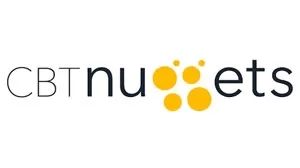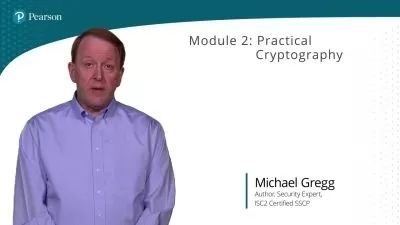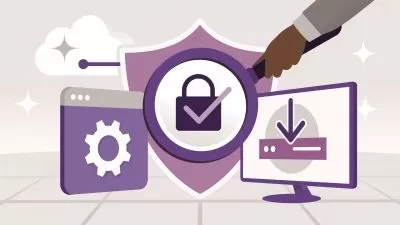SSCP Online Training
Bob Salmans
14:56:22
More details
This intermediate (ISC)² SSCP training prepares learners to take the SSCP exam, which is the one required exam to earn the (ISC)² Systems Security Certified Practitioner (SSCP) certification.
SSCP is ideal for IT administrators, managers, directors and network security professionals responsible for the hands-on operational security of their organization’s critical assets. Marketed as the premier systems administrator security certification, the SSCP demonstrates your control of advanced technical skills and knowledge. It shows you know what’s needed to implement, monitor and administer IT infrastructure using security best practices, policies and procedures established by the cybersecurity experts at (ISC)². Note that candidates must have a minimum of one year cumulative paid work experience in one or more of the seven domains of the SSCP CBK in order to earn professional certification, or two years for the associate badge.
(ISC)² Systems Security Certified Practitioner (SSCP) was designed by (ISC)² to validate the intermediate skills expected of a security professional at least 1 year of experience, and prepare you for advancement in the healthcare industry.
For anyone with security professionals on their team, this SSCP training can be used for SSCP exam prep, on-boarding new security professionals, or as part of a team training plan.
SSCP: What You Need to Know
This (ISC)² Systems Security Certified Practitioner (SSCP) training maps to the SSCP exam the SSCP CBK exam objectives, and covers topics such as:
- Access controls
- Security operations and administration
- Risk identification, monitoring and analysis
- Incident response and recovery
- Cryptography
- Network and communications security
- Systems and application security
Who Should Take SSCP Training?
This SSCP training is considered practitioner-level (ISC)² training, which means it was designed for security professionals. This SSCP CBK skills course is designed for security professionals with three to five years of experience with security.
New or aspiring security professionals. The SSCP’s prerequisites are probably out of reach for most security professionals just starting their career. But this training is open to anyone who wants to steer the trajectory of their career toward mastery of cryptography, access controls, systems and application security. With this security training, you can point your career in any direction you’d like and eventually earn your SSCP.
Experienced security professionals. If you’ve been working as a security professional for a few years already, you’re familiar with the relationship that systems and application security concepts have to ensuring low redundancy and high scalability of security services. With this training, you’ll validate everything you’ve encountered in your years of experience, and learn anything you’ve missed out on your way to earning your SSCP.
User Reviews
Rating
Bob Salmans
Instructor's CoursesI love seeing and helping people advance through life. It's my small part in contributing to the advancement of the security community.
Bob got his start in IT after enlisting in the United States Navy and being assigned to a network engineer role. He brings seven years of IT training experience to CBT Nuggets along with over 20 years of IT experience. Bob was a security team lead for a managed services provider before joining CBTN. In his spare time, he enjoys spending time with his family, cooking, and metal and woodworking.
Certifications: Microsoft MCSE, Cisco CCNP, Cisco CCDP, Cisco CCNA Security, CISSP, CCSP, GPEN, CISA, CISM, CompTIA Security+, CompTIA CySA+, CompTIA Pentest+
Areas of expertise: Information security, networking, active directory, Linux

CBT Nuggets
View courses CBT Nuggets- language english
- Training sessions 133
- duration 14:56:22
- English subtitles has
- Release Date 2024/06/25









